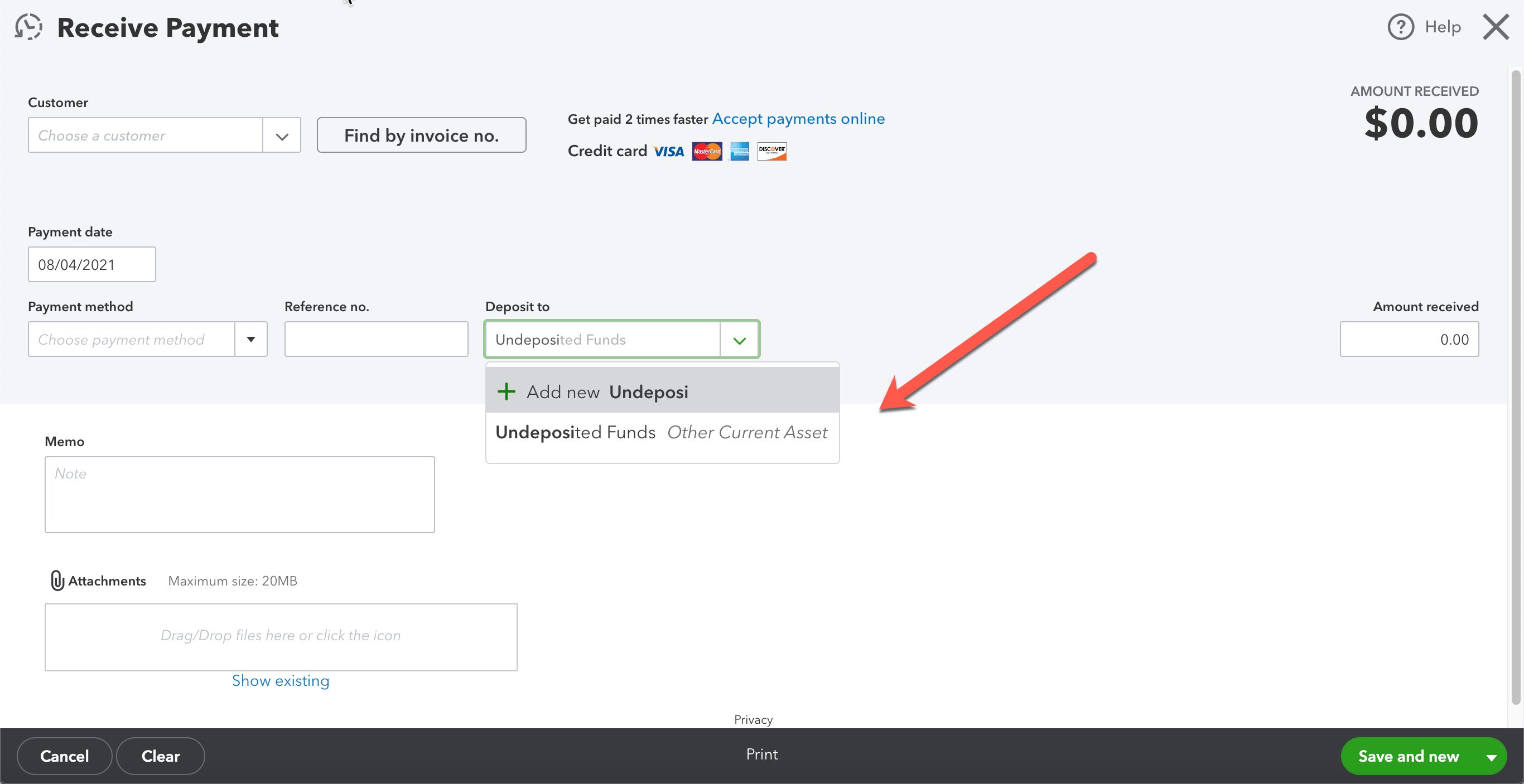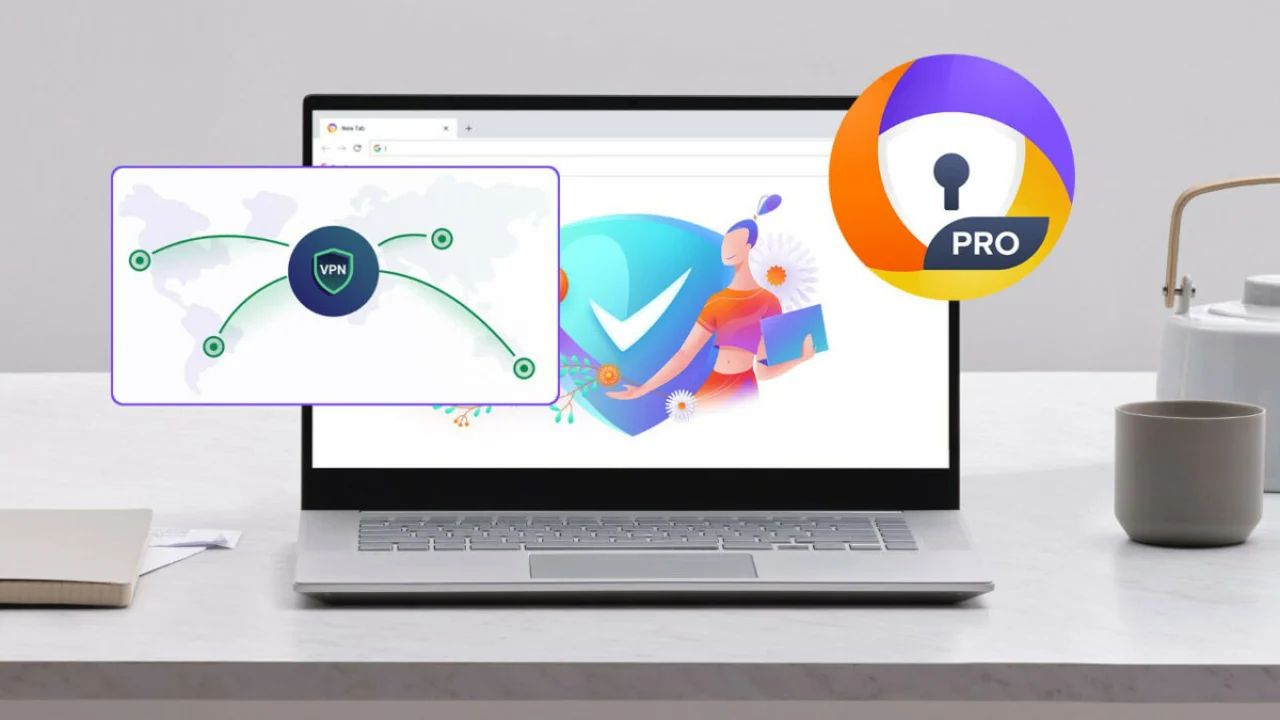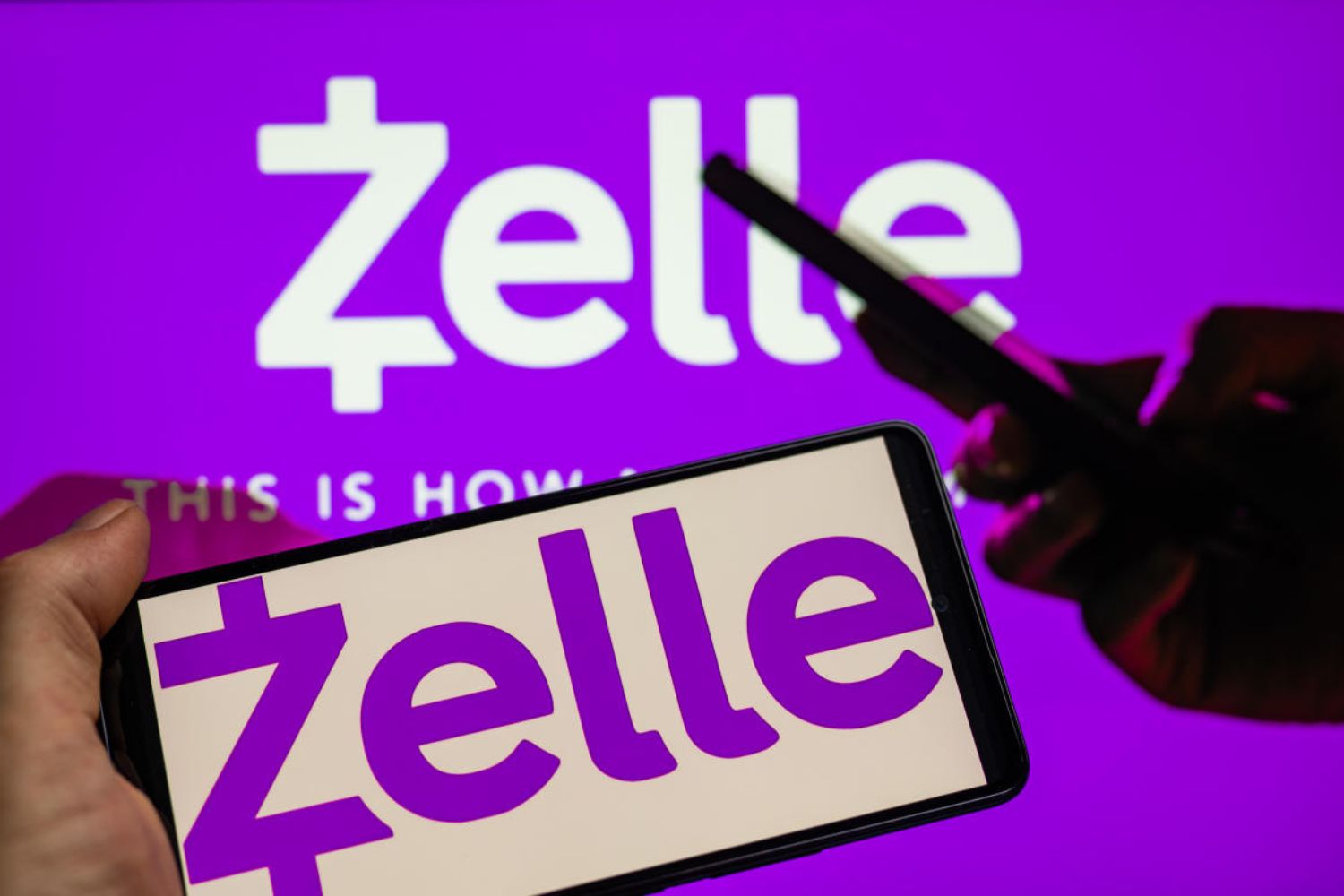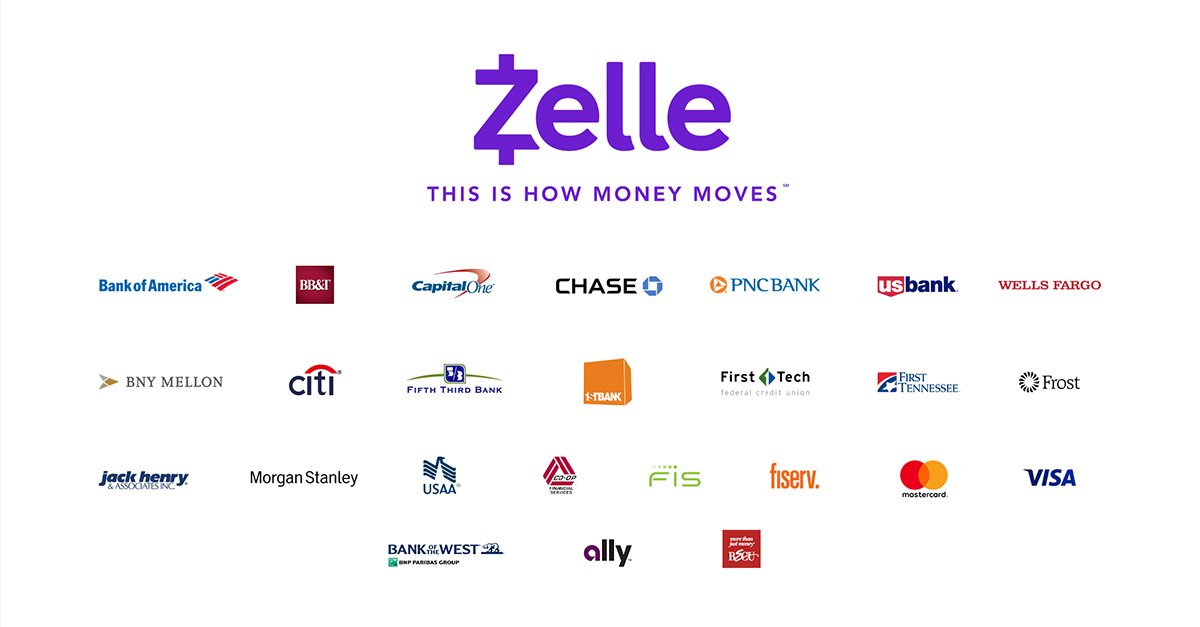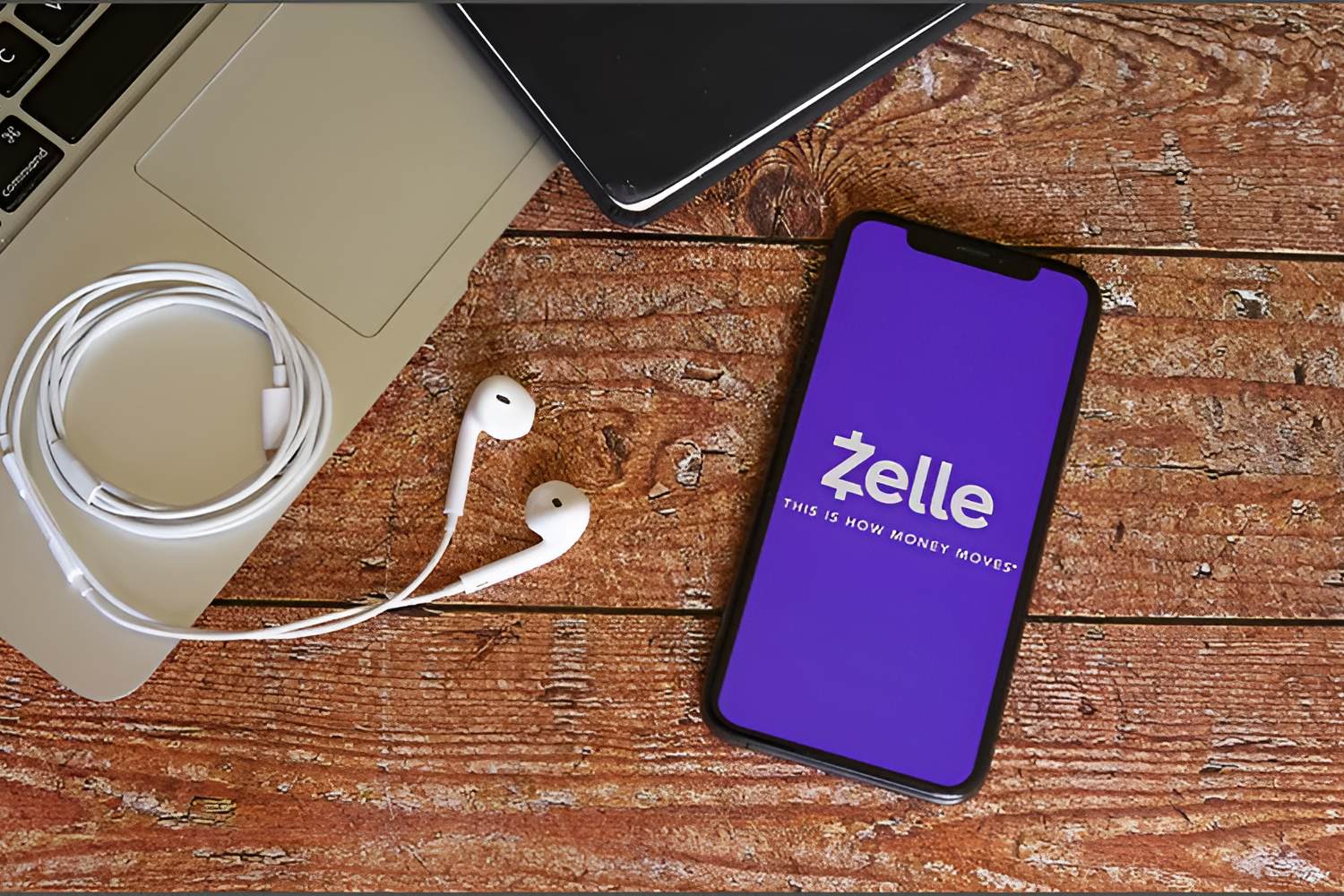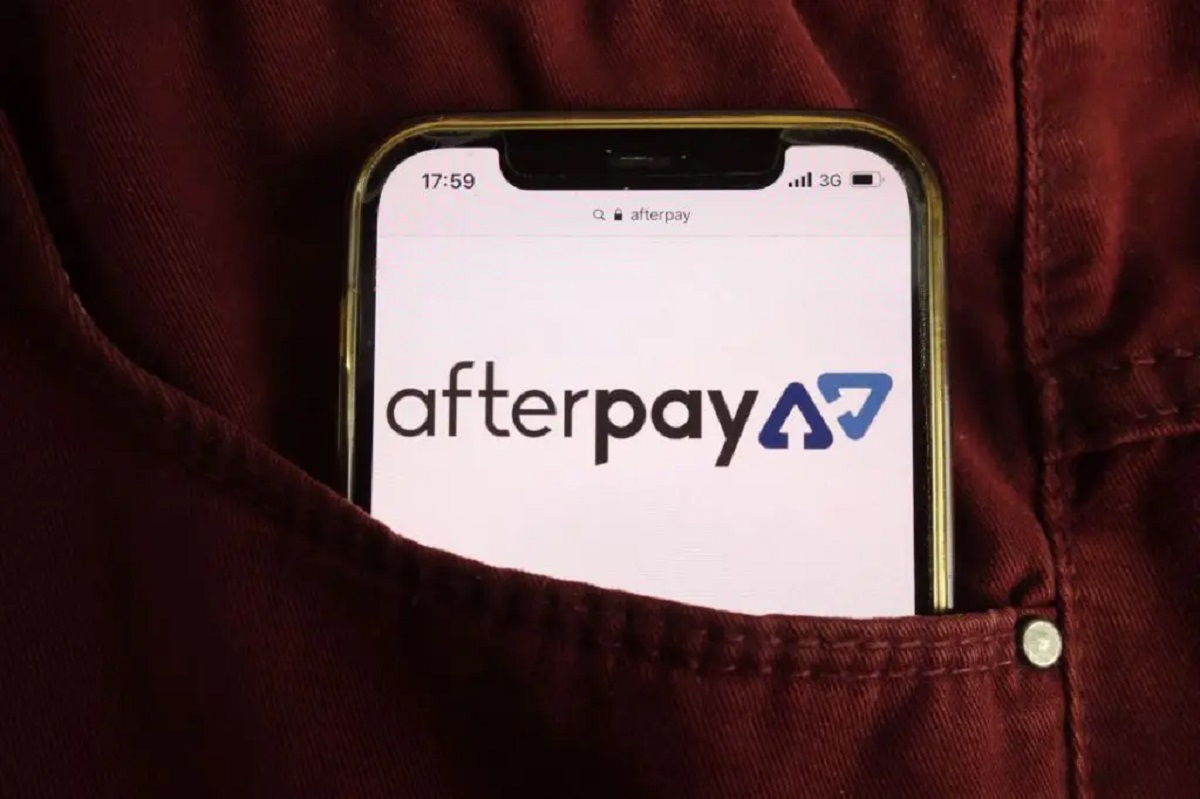Common Reasons Why Online Banking May Not Be Working
Online banking has become an integral part of our lives, providing convenience and accessibility to manage our finances. However, there are times when we encounter issues and find that our online banking is not working as expected. Understanding the common reasons behind these problems can help us troubleshoot and resolve them effectively. Let’s explore some of the main causes:
1. Internet Connection Issues: One of the primary reasons for online banking not working is an unstable or slow internet connection. Ensure that you have a stable internet connection to access your bank’s website or mobile app.
2. Scheduled Maintenance or Upgrades: Banks often schedule maintenance or upgrade their systems, temporarily disabling online banking services during these periods. Check if your bank has announced any maintenance activities, and try accessing your account after the scheduled downtime.
3. Incorrect Login Credentials: Double-check the accuracy of your login credentials, including your username and password. Typos or forgotten details can prevent you from accessing your online banking account.
4. Security Measures: Banks have stringent security measures in place to protect your accounts. If you have recently made changes to your login information or security settings, the online banking system may require additional verification steps or lock your account temporarily.
5. Server Problems or Technical Glitches: Sometimes, the online banking server may experience technical issues or glitches, leading to temporary unavailability or slow response times. Try accessing your account later, as the problem could be resolved by the bank’s technical team.
6. Outdated Browser or App Version: Ensure that you are using the latest version of your browser or mobile banking app. Outdated software can cause compatibility issues, preventing you from accessing your online banking services.
7. Blocked or Restricted Access: If you have made multiple unsuccessful login attempts or triggered suspicious account activity, your bank’s security system may block or restrict access to your online banking. Contact your bank’s customer support to resolve such issues.
8. Temporarily Suspended Account: In cases of suspected fraudulent activity or security breaches, banks may temporarily suspend an account. If you cannot access your online banking and suspect this may be the reason, contact your bank immediately to rectify the situation.
9. Third-party Interference or Cyber Attacks: Online banking systems can be vulnerable to cyber attacks or unauthorized third-party interference. Banks have robust security measures in place, but it is important to remain vigilant and report any suspicious activity to your bank.
10. Contacting Customer Support: If none of the above reasons seem to apply, reach out to your bank’s customer support for assistance. They can investigate the issue further and provide guidance on how to restore your online banking services.
These are common reasons why your online banking may not be working. By understanding these potential causes, you can take appropriate steps to resolve any issues, ensuring smooth and secure access to your online banking services.
Internet Connection Issues
One of the common reasons why online banking may not be working is due to internet connection issues. The stability and speed of your internet connection play a crucial role in accessing your online banking services. Here are some important points to consider:
Unstable or Slow Internet: If your internet connection is fluctuating or too slow, it can cause problems when accessing your online banking account. In such cases, try switching to a more stable connection, such as a wired connection or a different Wi-Fi network. You can also try restarting your modem or router to resolve any connectivity issues.
Mobile Data Limitations: If you are using mobile data to access your online banking, check if you have reached your data limit. Some mobile service providers may throttle the speed or restrict certain services once the data limit is exceeded. Consider connecting to a Wi-Fi network to ensure uninterrupted access to your online banking services.
Network Firewall Restrictions: Sometimes, network firewalls or security settings can block access to certain websites, including your online banking portal. If you are accessing your online banking from a workplace or public network, check if there are any restrictions in place. Contact your network administrator or IT department to determine if the issue lies with the network settings.
Router or Modem Malfunction: A malfunctioning router or modem can disrupt your internet connection and cause problems while accessing online banking. Check the lights on your router or modem to ensure they are functioning correctly. If you suspect a hardware issue, consider contacting your internet service provider to troubleshoot and resolve the problem.
Location and Signal Strength: If you are accessing online banking on a mobile device, remember that location and signal strength can affect your internet connection. In areas with poor network coverage, you may experience difficulty accessing your online banking services. Try moving to a different location with better signal reception to improve your connection quality.
To overcome internet connection issues when accessing online banking, make sure you have a stable and reliable internet connection. Approach your internet service provider to resolve any technical issues and consider alternative options, such as switching to a wired connection or connecting to a different Wi-Fi network. By addressing internet connection problems, you can ensure seamless access to your online banking services without any interruptions.
Scheduled Maintenance or Upgrades
It is not uncommon for banks to schedule maintenance or upgrades on their online banking systems. These necessary activities ensure the smooth functioning and security of the platform, but they may temporarily disrupt your access to online banking services. Here are some key points to understand about scheduled maintenance or upgrades:
Pre-Announced Downtime: To minimize inconvenience, banks typically announce scheduled maintenance or upgrade periods in advance. These announcements may be made on their websites, through email notifications, or in the online banking portal itself. It is crucial to stay updated with such notices to avoid any concerns when you are unable to access your online banking.
Timing and Duration: Scheduled maintenance or upgrades are usually carried out during off-peak hours to minimize the impact on customers. Banks aim to complete these activities as quickly as possible, but the duration can vary. It is advisable to check the estimated duration provided by your bank to plan your online banking activities accordingly.
Alternative Banking Options: During scheduled maintenance or upgrades, it may be challenging to access your online banking account. However, most banks provide alternative options to manage your finances. These may include phone banking services or visiting the nearest branch to conduct essential transactions. Familiarize yourself with these alternatives to ensure you can still carry out important banking tasks when online banking is temporarily unavailable.
Upgrades for Better Services: Scheduled maintenance or upgrades are implemented to enhance the functionality and security of online banking systems. Banks continuously work towards providing a better user experience, adding new features, and strengthening security measures. Understanding the purpose behind these upgrades can help you appreciate the temporary inconvenience caused by the downtime.
Planning Ahead: By staying informed about scheduled maintenance or upgrades, you can plan your online banking activities accordingly. If you have financial tasks that require immediate attention, try to complete them prior to the announced downtime. Proper planning and awareness ensure that you are prepared and can manage your financial activities effectively.
Remember that scheduled maintenance or upgrades are necessary to maintain the integrity and improve the functionality of your online banking platform. By staying informed, understanding the timing and duration, and utilizing alternative banking options, you can navigate through these temporary disruptions with ease.
Incorrect Login Credentials
One of the common reasons why you may experience difficulty accessing your online banking is entering incorrect login credentials. While it may seem simple, there are several factors to consider when dealing with login issues:
Double-Check Your Username and Password: When entering your login credentials, ensure that you have entered your username and password correctly. Pay attention to capitalization and any special characters. It’s also important to verify that the CAPS LOCK key is not enabled, as this can cause your password to be entered incorrectly.
Forgot Password: If you have forgotten your password, most online banking platforms provide a “Forgot Password” feature. This feature allows you to reset your password by following a series of security questions or receiving a password reset link via email or SMS. Utilize this feature to regain access to your online banking account.
Account Lockout: Some online banking systems implement security measures that lock your account after multiple unsuccessful login attempts. This is done to prevent unauthorized access or hacking attempts. If you find yourself locked out of your account, contact your bank’s customer support to unlock and regain access.
Username Retrieval: In case you cannot remember your username, most online banking platforms offer options to retrieve it. This typically involves providing personal information and answering security questions to verify your identity. Follow the instructions provided by your bank to retrieve your username and gain access to your account.
Browser Autofill Errors: If you rely on browser autofill features to enter your login credentials, there may be instances where the information saved in your autofill settings is not up to date. Double-check that the autofill information matches your correct login credentials, and manually enter the username and password if necessary.
Be Mindful of Saving Credentials: While it may be convenient to save your login credentials for future use, it’s important to consider the security risks associated with this feature. Only save your credentials on trusted devices and ensure that you have appropriate security measures in place, such as passcodes or biometric authentication, to protect your online banking account from unauthorized access.
By double-checking your login credentials, utilizing the “Forgot Password” feature when needed, being aware of account lockout policies, and adhering to secure login practices, you can ensure a smoother and more secure online banking experience.
Security Measures
When it comes to online banking, security is of utmost importance. Banks implement various security measures to protect your accounts from unauthorized access and fraudulent activities. However, these security measures can sometimes prevent you from accessing your online banking. Here are some important factors to consider:
Additional Verification Steps: To ensure the security of your online banking account, banks may require additional verification steps. This can include two-factor authentication, where you receive a code via SMS or email to authenticate your login. If you are unable to access your account, check if there are any additional verification steps you need to complete.
Recent Change in Login Information: If you recently made changes to your login information, such as updating your password or security questions, the online banking system may require you to verify these changes. Make sure you follow the bank’s instructions for confirming any recent changes to your login details.
Unrecognized Device or Location: Banks have systems in place to detect and prevent unauthorized access. If you are trying to access your online banking from a new device or location that the bank does not recognize, you may be prompted to provide additional verification or receive a notification about the login attempt. Follow the instructions provided to verify your identity and access your account.
Account Activity Monitoring: Banks have sophisticated systems that monitor account activity for any suspicious transactions or behavior. If certain activities trigger a security alert, your online banking access may be temporarily restricted until the bank verifies the legitimacy of the transactions. If you suspect that this may be the case, contact your bank’s customer support for assistance.
Fraud Prevention Measures: Banks implement various fraud prevention measures to protect your accounts. This can include monitoring for unusual login patterns, analyzing transaction history, and implementing advanced security protocols. While these measures are essential for your security, they can sometimes create temporary disruptions in accessing your online banking. Contact your bank’s customer support if you believe that the security measures are preventing you from accessing your account.
Beware of Phishing Attempts: Always remain vigilant about phishing attempts, where malicious individuals try to steal your login credentials or personal information through fake websites or emails. Make sure you are accessing your online banking through the official bank’s website or app. Avoid clicking on suspicious links or providing personal information to unknown sources.
While security measures are in place to protect your online banking account, it’s essential to follow the bank’s guidelines, complete any necessary verification steps, and remain aware of potential security threats. By doing so, you can ensure a secure online banking experience while reducing the chances of unauthorized access to your account.
Server Problems or Technical Glitches
Server problems or technical glitches can happen from time to time and may result in your online banking not functioning as expected. These issues can be caused by various factors, including system updates, hardware malfunctions, or network disruptions. Here are some important points to consider:
System Updates: Banks regularly update their online banking systems to improve functionality and security. During system updates, you may experience temporary disruptions or slow response times. If you encounter difficulties accessing your online banking, it is possible that the bank is currently performing system updates. Wait for some time and try again later.
Hardware Malfunctions: Servers and other hardware components that host online banking platforms can occasionally experience malfunctions. These malfunctions can disrupt access to online banking services. In such cases, the bank’s technical team works to resolve the issue as quickly as possible. If you suspect a technical glitch, contact your bank’s customer support for assistance.
Network Disruptions: Network disruptions, such as power outages or internet service interruptions, can affect the availability of online banking services. In these situations, it is advisable to wait until the network is restored, as the online banking system relies on stable connectivity to function properly. The bank’s technical team will work to resolve any network-related issues promptly.
Clear Cache and Cookies: Sometimes, technical glitches can occur due to corrupted cache or cookies stored in your web browser. Clearing your cache and cookies can help resolve these issues and improve the performance of your online banking. Consult your browser’s settings or support documentation to learn how to clear cache and cookies.
Try Different Devices or Browsers: If you are experiencing problems accessing your online banking, try using different devices or web browsers. Occasionally, certain devices or browsers may not be compatible with the online banking platform due to outdated software or compatibility issues. Switching to a different device or browser can help determine if the issue lies with your current setup.
Temporary Glitches: Online systems can experience temporary glitches that may affect your access to online banking. These glitches are usually resolved quickly without any intervention from the user. If you encounter a sudden disruption in your online banking, wait a few minutes and try again.
Remember that server problems or technical glitches are often unforeseen and can occur even in the most reliable online banking systems. Avoid panicking and be patient while the issue is being resolved. If the problem persists for an extended period, contact your bank’s customer support for assistance.
Outdated Browser or App Version
An outdated browser or app version can sometimes cause issues when accessing online banking services. As technology advances, banks regularly update their online banking platforms to introduce new features, enhance security, and ensure optimal performance. Here are some important points to consider:
Compatibility Issues: Older browser versions may not be fully compatible with the latest online banking platforms. Certain features and functionalities may not work as intended, or you may experience slow response times. To avoid these issues, make sure you are using the latest version of your preferred web browser.
Software Updates: Banks often release updates for their mobile banking apps to address security vulnerabilities, fix bugs, and improve overall user experience. If you are using an outdated version of the app, it may not function correctly or have limited access to certain features. Visit the app store or the bank’s website to check for any available updates.
Security Enhancements: Keeping your browser or app up to date is crucial for maintaining the security of your online banking. Banks regularly introduce security enhancements to protect against emerging threats. Outdated versions may lack these security measures, putting your sensitive information at risk. Stay updated to ensure a secure online banking experience.
Performance Improvement: In addition to security enhancements, browser and app updates often include performance improvements. These optimizations can lead to faster load times, smoother navigation, and overall better user experience. Updated versions of browsers and apps can provide a seamless online banking experience.
Update Notifications: Most browsers and apps have settings that allow automatic updates. However, if you have disabled automatic updates, it is crucial to pay attention to update notifications. These notifications prompt you to update to the latest version of the browser or app. Responding to these notifications in a timely manner ensures that you have access to the latest features and security enhancements.
Browser Compatibility: While there are several popular browsers available, not all of them may be fully compatible with your bank’s online banking platform. If you are experiencing issues with your current browser, try accessing your online banking with a different browser to see if the problem is resolved. This can help determine if the issue lies with the browser itself.
By keeping your browser and app up to date, you can enjoy a seamless and secure online banking experience. Regular updates ensure compatibility with the latest online banking platforms, provide access to new features, enhance security measures, and improve overall performance. Stay vigilant about update notifications and proactively update your browser and app to avoid any potential issues.
Blocked or Restricted Access
Blocked or restricted access to your online banking account can be frustrating, but it is usually done for security reasons. Banks have measures in place to protect your account from unauthorized access and fraudulent activities. Here are some important points to consider:
Multiple Unsuccessful Login Attempts: Banks may temporarily block your account if there have been multiple unsuccessful login attempts. This is a security measure to prevent unauthorized individuals from guessing your login credentials. If you find yourself unable to access your online banking account due to repeated login failures, contact your bank’s customer support to unblock your account.
Suspicious Account Activity: If your bank detects unusual or suspicious account activity, they may restrict access to your online banking as a precautionary measure. This can happen if there are unauthorized transactions or suspicious login attempts. In such cases, contact your bank immediately to report the issue and resolve the situation.
Third-Party Interference: In some cases, third-party software, browser extensions, or security programs may interfere with your online banking access. These programs may mistakenly flag your bank’s website as suspicious, leading to blocked or restricted access. Temporarily disable any third-party programs and extensions to see if the issue is resolved. If not, contact your bank for further assistance.
Geographical or IP Restrictions: Banks may implement geographical or IP restrictions to prevent access to online banking from certain locations or IP addresses. This is an additional security measure to mitigate the risk of unauthorized access. If you are trying to access your online banking from a different country or using a different network, it is possible that your access is restricted. Contact your bank’s customer support to verify and update your access settings if necessary.
Account Status Changes: Certain account status changes, such as upgrading to a different account type or closing your account, can restrict your access to online banking. If you recently made any changes to your account, it is worth checking if these changes are causing the access restriction. Reach out to your bank’s customer support for clarification and assistance.
Violation of Terms and Conditions: Banks have terms and conditions that must be adhered to when using their online banking services. If you violate any of these terms, such as engaging in unauthorized activities or using the online banking platform for illegal purposes, your access can be blocked or restricted. It is crucial to familiarize yourself with your bank’s terms and conditions and ensure compliance to avoid any unnecessary access restrictions.
If you are encountering blocked or restricted access to your online banking, it is important to address the issue promptly. Contact your bank’s customer support for assistance and adhere to their instructions to regain access to your account. Remember, these security measures are put in place to protect your finances and personal information.
Temporarily Suspended Account
Having a temporarily suspended account can be worrisome, but it is typically done as a security measure by banks to protect your funds and personal information. Here are some important points to consider:
Suspected Fraudulent Activity: Banks have sophisticated systems in place to detect and prevent fraudulent activity. If there is any indication of suspicious transactions or unauthorized access, your account may be temporarily suspended. This is done to prevent further damage and investigate the potential fraud. If you suspect fraudulent activity or your account has been suspended, contact your bank’s customer support immediately.
Security Breach: In the event of a security breach or data compromise, banks may temporarily suspend accounts to ensure the safety of their customers’ funds and information. This allows the bank to assess the extent of the breach, mitigate any potential damages, and strengthen security measures. If your account is temporarily suspended due to a security breach, follow the instructions provided by your bank to regain access.
Internal Review or Investigation: Sometimes, an account may be temporarily suspended due to an internal review or investigation by the bank. This can happen if there are discrepancies or inconsistencies in your account activity that need to be examined further. If your account is under review or investigation, be patient and cooperate with your bank’s inquiries.
Identity Verification Issues: In certain cases, banks may suspend an account if there are concerns about the identity verification process. This can happen if there are discrepancies between the information provided during account setup and the bank’s verification checks. If you believe your account has been suspended due to identity verification issues, contact your bank’s customer support to clarify and resolve the matter.
Unusual Account Behavior: Banks may also temporarily suspend accounts if there are significant changes in your account activity or behavior. This can include sudden large transactions, unusual account access locations, or a significant deviation from your normal spending patterns. If your account is suspended due to unusual account behavior, contact your bank for assistance and clarification.
Clearance Process: If you have recently opened a new account or made significant changes to your existing account, your bank may place a temporary hold or suspension while they complete the necessary clearance process. This can include verifying your identity, confirming the source of funds, or conducting additional security checks. Contact your bank if you believe your account is suspended due to the clearance process.
If you are facing a temporarily suspended account, it is important to follow the instructions provided by your bank. Cooperate with any investigations or verification processes and maintain open communication with your bank’s customer support. Understand that these measures are undertaken to protect your finances and maintain the integrity of the banking system.
Third-party Interference or Cyber Attacks
Third-party interference or cyber attacks can disrupt your online banking experience and compromise the security of your accounts. Cybercriminals constantly devise new methods to gain unauthorized access to sensitive information. Here are some key points to consider:
Phishing Attacks: Phishing attacks involve fraudulent schemes where cybercriminals attempt to trick you into revealing your login credentials or personal information. These attackers may send phishing emails or create fake websites that mimic legitimate banking platforms. Always exercise caution and verify the authenticity of any communication before providing sensitive information.
Malware or Spyware: Malicious software (malware) and spyware can compromise your online banking security. These programs can be unknowingly downloaded onto your device through infected websites, emails, or downloads. Once installed, they can capture your login information or monitor your online activities. Use up-to-date antivirus software and be cautious when clicking on links or downloading files from untrusted sources.
Trojans and Keyloggers: Trojans and keyloggers are types of malware that specifically target online banking credentials. They can capture keystrokes or record login information, allowing cybercriminals to gain unauthorized access to your accounts. Protect yourself by regularly updating your antivirus software and being cautious about the websites you visit or the files you download.
Man-in-the-Middle Attacks: In man-in-the-middle attacks, cybercriminals intercept and alter communication between your device and the bank’s servers. This is particularly concerning when accessing online banking over public Wi-Fi networks. To protect yourself, ensure that you only access online banking through secure and trusted networks. Consider using a virtual private network (VPN) for added security.
Account Takeovers: Account takeovers occur when cybercriminals gain unauthorized access to your online banking account. They may do this by exploiting weak passwords, acquiring login information through phishing attacks, or breaching your device’s security. Use strong and unique passwords for your online banking accounts, enable two-factor authentication, and regularly monitor your account for any suspicious activity.
Ongoing Vigilance: It is crucial to maintain ongoing vigilance when it comes to online banking security. Protect your personal information, regularly monitor your account for any unauthorized activity, and promptly report any concerns to your bank. Stay updated with the latest security measures and recommendations provided by your bank and cybersecurity organizations.
Bank’s Security Measures: Banks implement robust security measures to protect your online banking accounts. These may include encryption protocols, multi-factor authentication, fraud detection systems, and regular security audits. Familiarize yourself with your bank’s security practices and take advantage of the security features they provide.
If you suspect or experience any third-party interference or cyber attack on your online banking, contact your bank immediately. They have dedicated teams that can assist you in securing your accounts and mitigating any potential damages. Remember, maintaining strong security practices and remaining vigilant are essential in protecting your online banking information.
Contacting Customer Support
If you’re facing issues with your online banking that you’re unable to resolve on your own, contacting customer support is an essential step in finding a solution. Here’s why reaching out to customer support can be helpful:
Expert Assistance: Customer support teams are trained to address a wide range of issues related to online banking. They can provide expert assistance and guide you through troubleshooting steps to resolve the problem you’re facing.
Identification of Account-Specific Problems: Sometimes, online banking problems may be specific to your account. Customer support can assess your account details and identify any account-specific issues that may be causing the problem. This personalized approach enables them to provide you with the best possible solution.
Timely Resolution: Customer support is dedicated to resolving your issues in a timely manner. They understand the importance of online banking and aim to minimize any inconvenience you may be experiencing. By contacting them, you can receive prompt assistance and get back to managing your finances online.
Clarification and Guidance: If you have questions or uncertainties about certain online banking features, customer support can provide clarification and guidance. They can explain how specific features work, address any concerns you may have, and offer tips on making the most of your online banking experience.
Account Security: Customer support can assist you if you suspect any unauthorized access, fraudulent activity, or security breaches related to your online banking account. They can guide you through necessary security measures and help secure your account, ensuring the safety of your personal and financial information.
Feedback and Suggestions: Contacting customer support also provides an opportunity to provide feedback and suggestions for improving the online banking experience. Your feedback can contribute to ongoing improvements and help the bank better understand customer needs.
When contacting customer support, be prepared to provide relevant details about the issue you’re facing. This may include your account details, a description of the problem, and any error messages you’ve encountered. By providing accurate information, you enable customer support to effectively assist you in resolving the issue.
Customer support can be reached through various channels, including phone, email, or live chat. Check your bank’s website or online banking platform for the available options and their operating hours. Remember to remain patient and polite while interacting with customer support, as they are there to help you.
If you’re experiencing persistent issues that customer support is unable to address, consider asking for escalation to a higher level of support. This ensures that your issue is given appropriate attention and is resolved to your satisfaction.
Don’t hesitate to contact customer support whenever you encounter issues with your online banking. They are there to assist you and ensure that your online banking experience is smooth, secure, and convenient.









